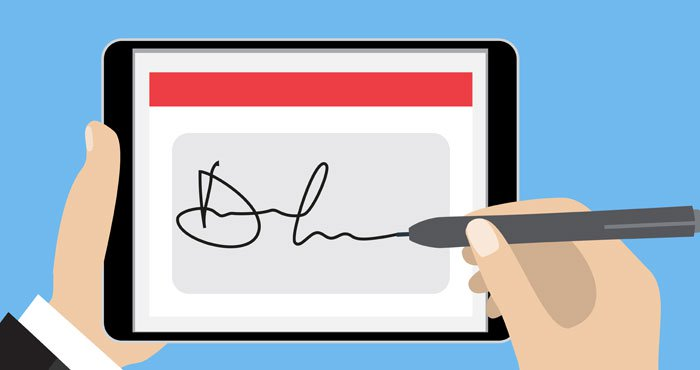The digital signature is obtained following an IT procedure based on cryptographic techniques. In this way, it is possible to associate in an indissoluble way a binary number (the signature) to a computer document, or to another set of bits representing legally relevant facts, acts, or data. Thanks to e-signature IT documents can be given greater legal validity in a series of contexts such as the signing of contracts, declarations, or administrative documents in the public and private sectors.
WHAT IS A DIGITAL SIGNATURE
The digital signature is not a “simple” electronic signature, but a particular type which is based, in fact, on the above-described mechanism of cryptographic keys. The definition is now also contained in the digital administration code as an integral part of all today’s companies. First of all, it must be said that it relates to the univocal identification of a single subject and of all the consequent documents to which it is attached or associated. The e-signature affixing integrates and replaces the affixing of seals, punches, stamps, marks, and marks of any kind for any purpose provided for by current legislation. In simple words, the digital signature is a type of electronic signature which, in compliance with some particularly strict requirements, proves the authenticity, integration, reliability, and legal validity of the documents. It has the same value as the handwritten signature (a feature that other types of electronic signature do not have).
HOW THE DIGITAL SIGNATURE WORKS
The e-signature is a tool through which citizens, professionals, and companies can sign documents making them become documents with legal value, and is the result of an IT process that is based on some concepts. First of all, there is authenticity, to ensure and guarantee who is who signed the document has also assumed responsibility for its content. Integrity must not be missing, a condition that serves to demonstrate from the moment it was signed until the time it is used it has never been changed. And finally, there is non-repudiation as those who signed the document by electronic signature cannot then deny it.
To sign, the owner uses software from which the document is fingerprinted through some particular functions. For each document, there is a different footprint. The state of the art impression length must be 256 bits. Once the fingerprint has been prepared, the subscription software sends it to a safe environment where the private key (signature device) is kept. At this point, the fingerprint of the document is encrypted with the private key. The result of the operation is the digital signature of the document.
